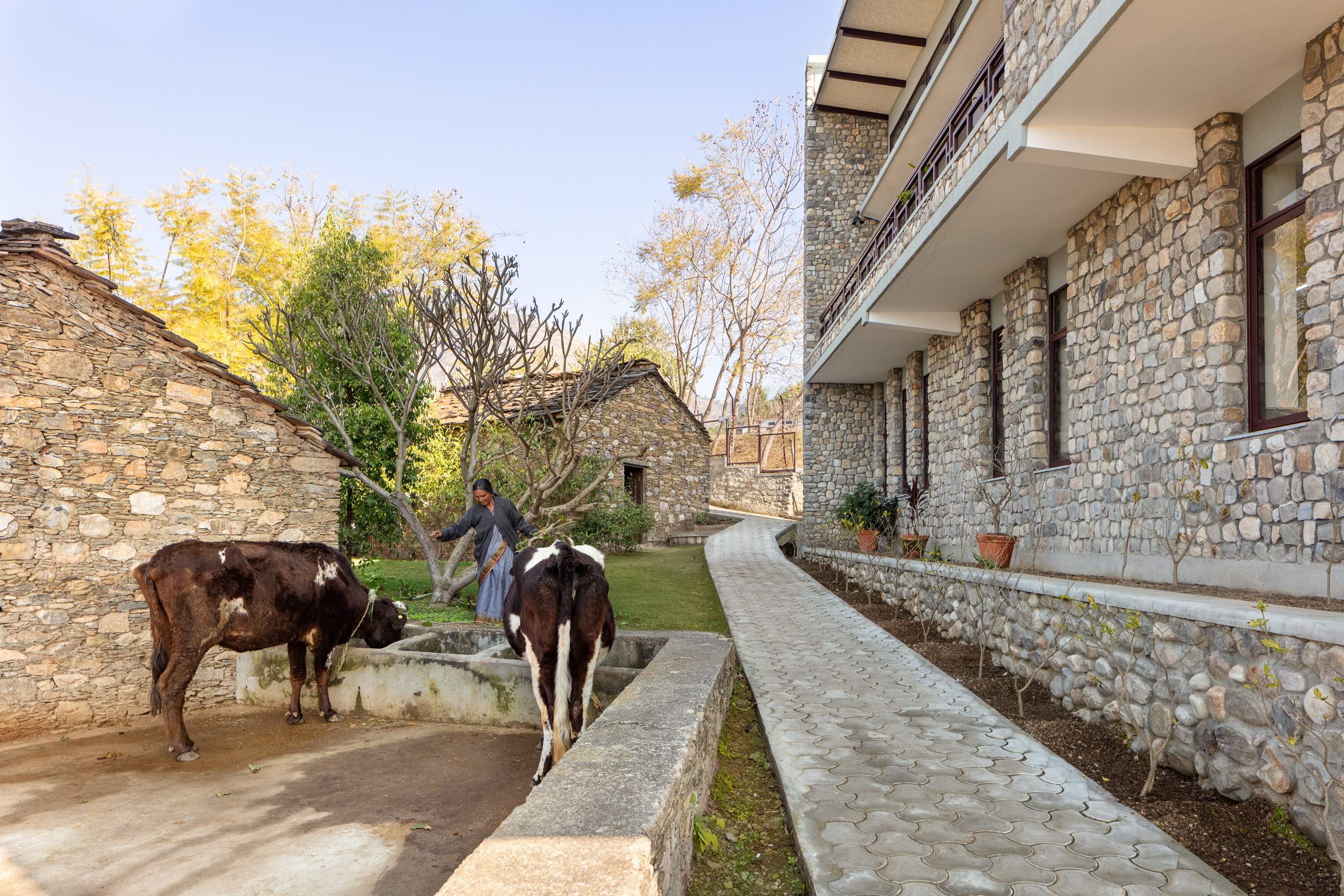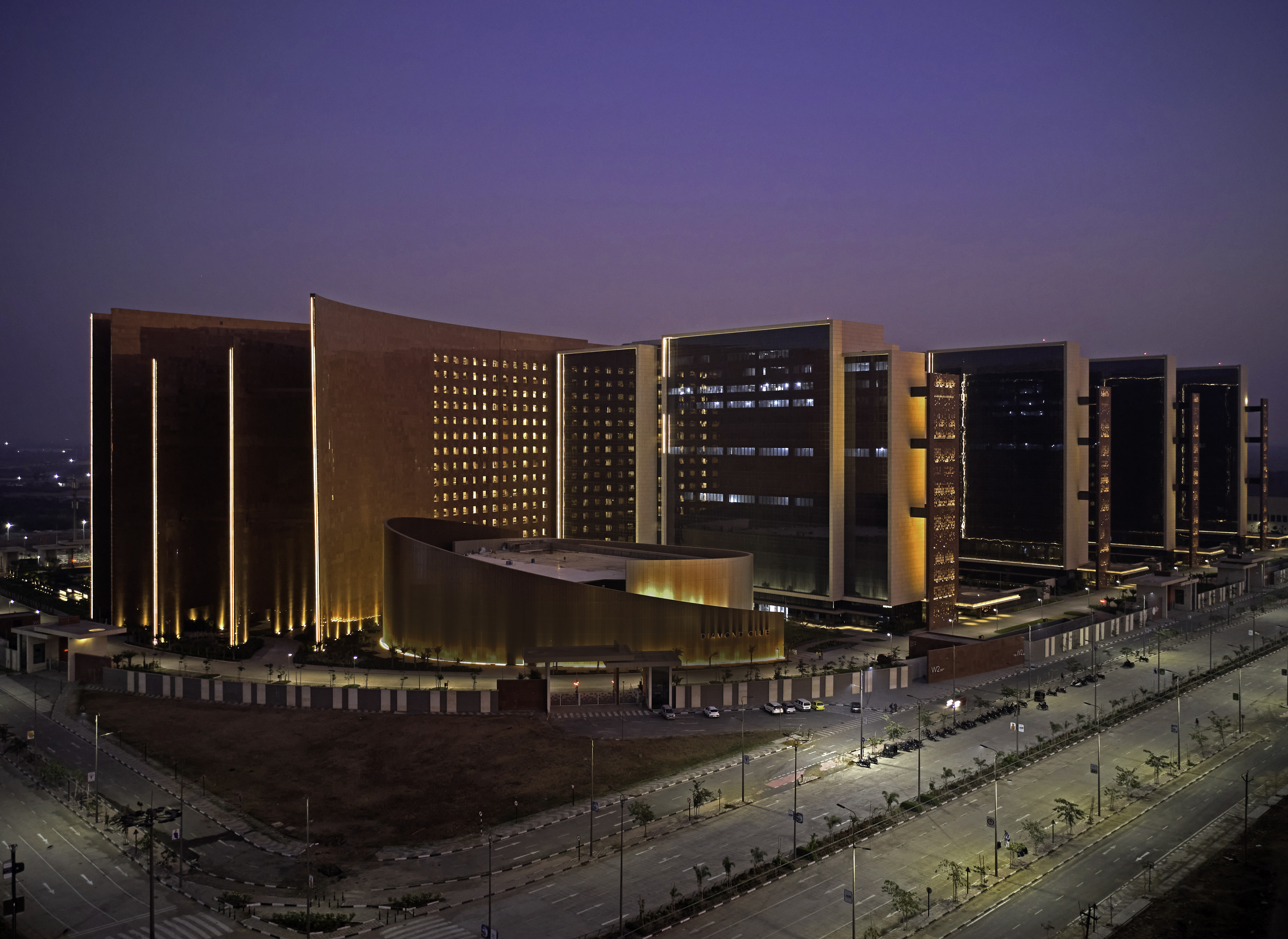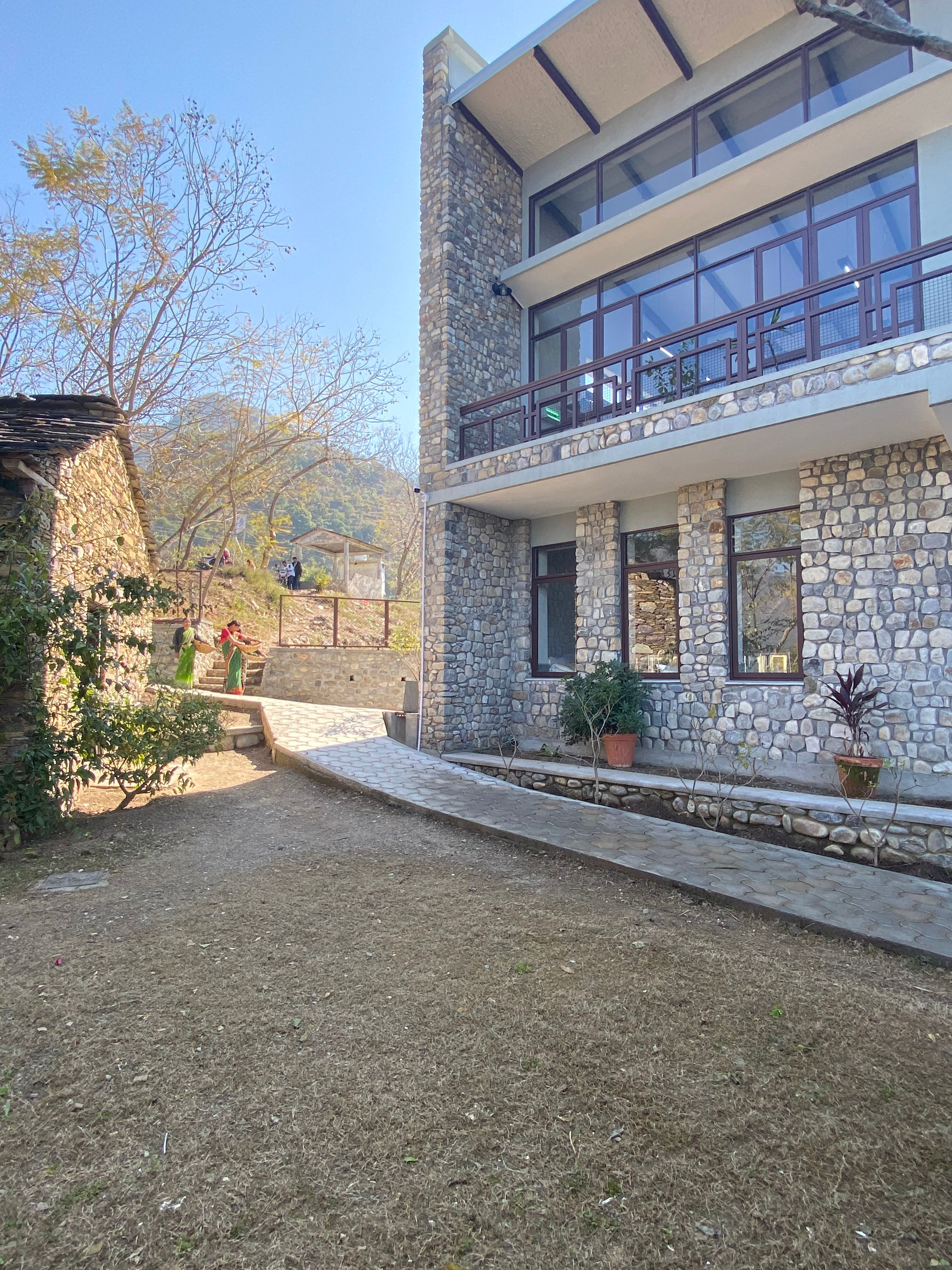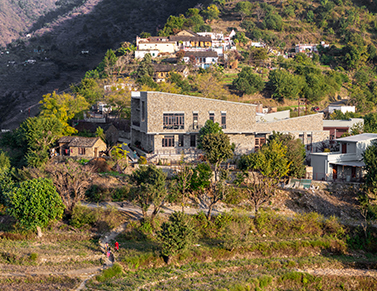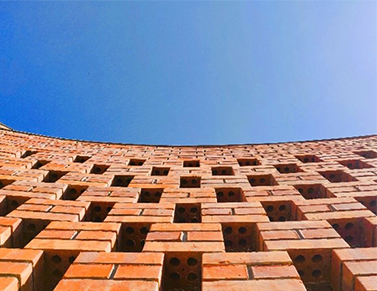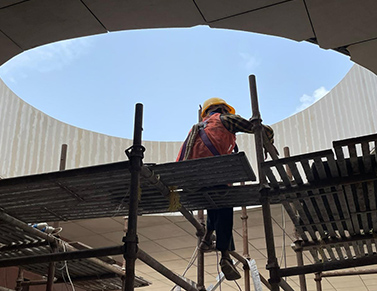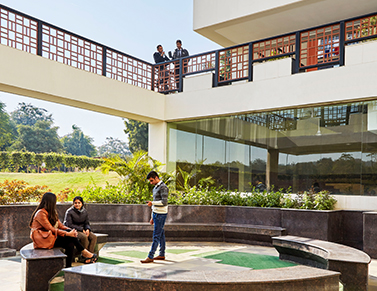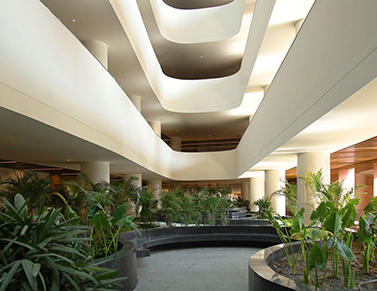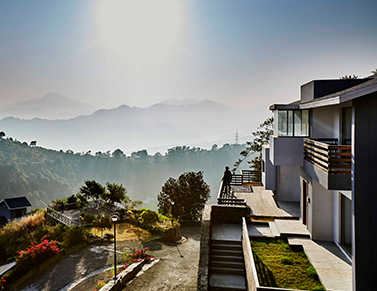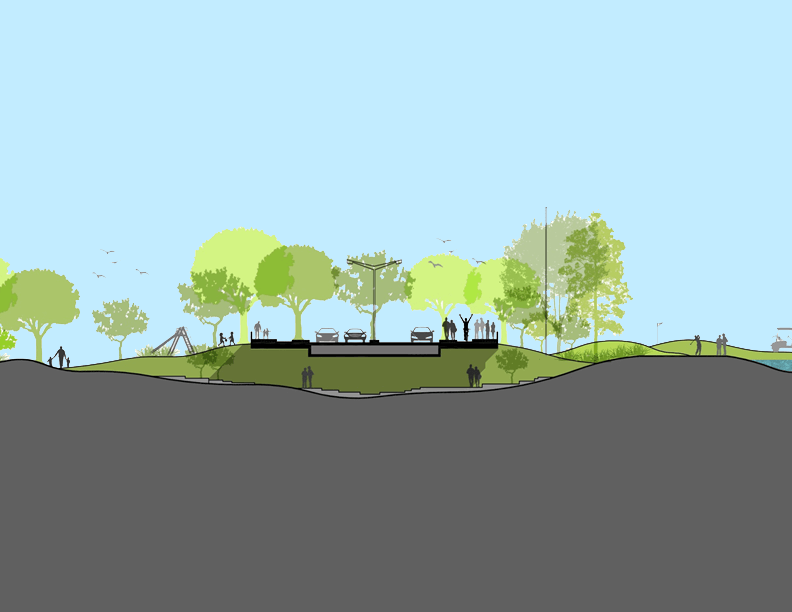Four out of five climatic zones in India receive rainfall and Cherrapunji, a sub-divisional town in the state of Meghalaya is credited as one of the ‘Wettest Places on Earth’. Rainwater harvesting is a significant component in designing sustainably, particularly in master planning projects where water management is a critical component of design. Rainwater harvesting for flushing, irrigation, and natural ground water recharge has been observed as a major component in environmental design which can offset the water consumption requirement on site.
Recent water management strategies incorporated at master planning level in the case of Uttorayon Township in Siliguri which receives 3m of rainfall annually addresses the core issue of how to prevent flooding in such a high rainfall region, yet be cost effective. The Township successfully uses simple technologies to tackle complex problems. To keep development costs low, the main strategy was to respect the natural topography of the site and to use it for an integrated surface drainage system. By precisely calculating the correct slopes of roads and using existing natural streams, costs were saved in expensive underground piping networks. As a result more capital could be allocated to creating a secure and high quality infrastructure for each cluster. The economic drainage system described above serves as a natural ground water recharging network which mimics the original water flow patterns of the terrain and keeps storm water runoff to a minimum. The surface storm water drains are never more than 12.5 cm deep and the system eliminates crossover of services. Additionally, in the residential areas, a series of microgreens connect with an aquifer. Each microgreen is around 1000 square meters (10,764 square feet). These microgreens feature plants that allow for the quick percolation of rainwater. Each microgreen is connected to a green-strip dissipation system that further connects to another microgreen chain, and so on. Hence, it is a very successful system as it regulates excess water without the need for rainwater storage systems, such as storm water tanks on site. There has been no flooding in approximately the last decade of operation.
Set in warm and humid climate, the design of the Infosys campus Nagpur incorporates a lake supported by rainwater harvesting as sustainable strategy to create zero water balance on site. Zero Water dependence is achieved by calculating the rainfall on site, how much could be realistically harvested, creating a reservoir to that capacity, while simultaneously ensuring that all systems are designed to the greatest efficiency, such that the water consumption per person is 50% of baseline.


